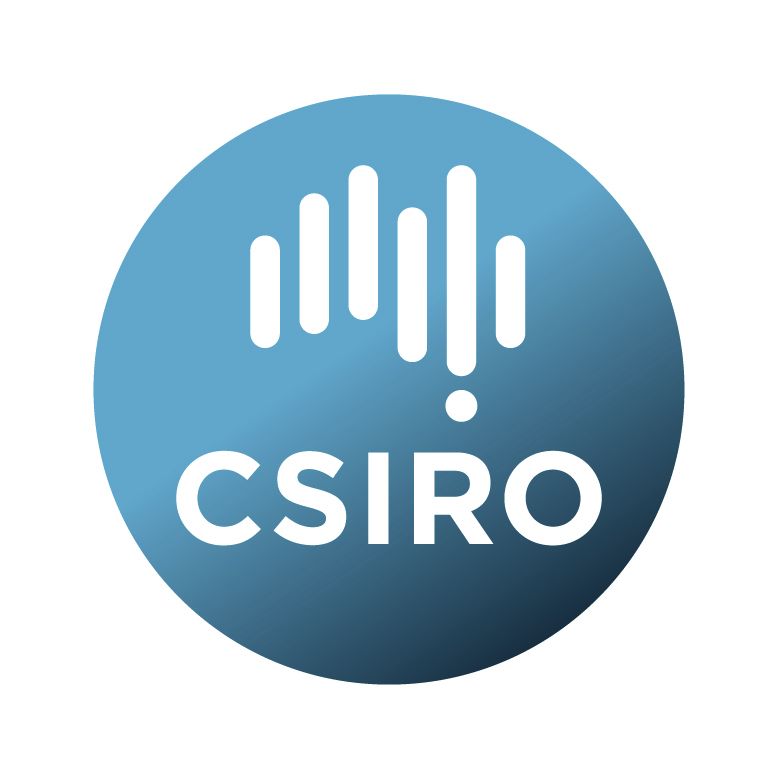Brief description
Draft genome assemblies of 380 Bradyrhizobium isolates collected from soil samples at the base of Acacia acuminata trees in Southwest AustraliaLineage: Soil samples were collected across 20 sites in Southwest Australia at the base of Acacia acuminata trees. Acacia acuminata seedlings were grown in the soil under glasshouse conditions in order to trap rhizobia in seedling root nodules. Rhizobia cells were first cultured from Acacia nodules on yeast-mannitol agar media plates. DNA was extracted from cell cultures and the DNA was used to create 380 indexed paired-end 150bp Illumina libraries. Illumina libraries were sequenced on two Illumina2000 lanes. Sequence data from each sequencing lane were separated into individual sequence sample files. Poor quality reads were removed from each sample sequence file using Trmmomatic. Reads from each sample were assembled in SPades using settings at k=33,55,77. Contigs within each draft assembly with a coverage lower than 5 and 200 base pairs were removed from each draft assembly.
Available: 2017-03-03
Data time period: 2016-08-01 to 2017-09-30
Subjects
Acacia |
Biological Sciences |
Bradyrhizobium |
Genetics |
Genomics |
Microbial Ecology |
Microbial Genetics |
Microbiology |
bacteria |
genome |
legume |
rhizobia |
soil |
symbiont |
User Contributed Tags
Login to tag this record with meaningful keywords to make it easier to discover


